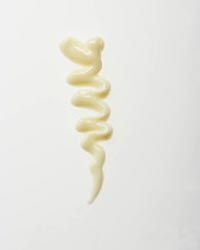Feet often have a thankless job -- they carry you from one place to another, help you wait in line for coffee and take you through your exercise regimen, yet they are rarely pampered. As a result, many people have their fair share of calluses, dry patches and cracked skin. Even those who regularly use a pumice stone and foot lotion might find that the forces working against their feet -- dry weather, hot showers and open shoes -- are still greater than the measures they take to combat those forces [sources: Griffin, Mayo Clinic].
It used to be that people turned to complicated measures, such as smearing their feet in petroleum jelly, wrapping them in cellophane and pulling on a pair of socks until morning, if they wanted to have soft, smooth feet. With the rising popularity of moisturizing socks, however, those days might be over. Moisturizing socks are available at specialty stores, department stores and discount retail stores as well as at any number of online retailers. The socks fall into two main categories -- those that you pull on over heavily lotioned feet, and those that come with lotion built in. Which one you choose may depend on your budget, your needs and how much time you want to spend before bed prepping your feet for the morning.
Advertisement
So, if you're thinking about giving moisturizing socks a try, keep reading to learn about the pros and cons of two main types you'll find on the market.


